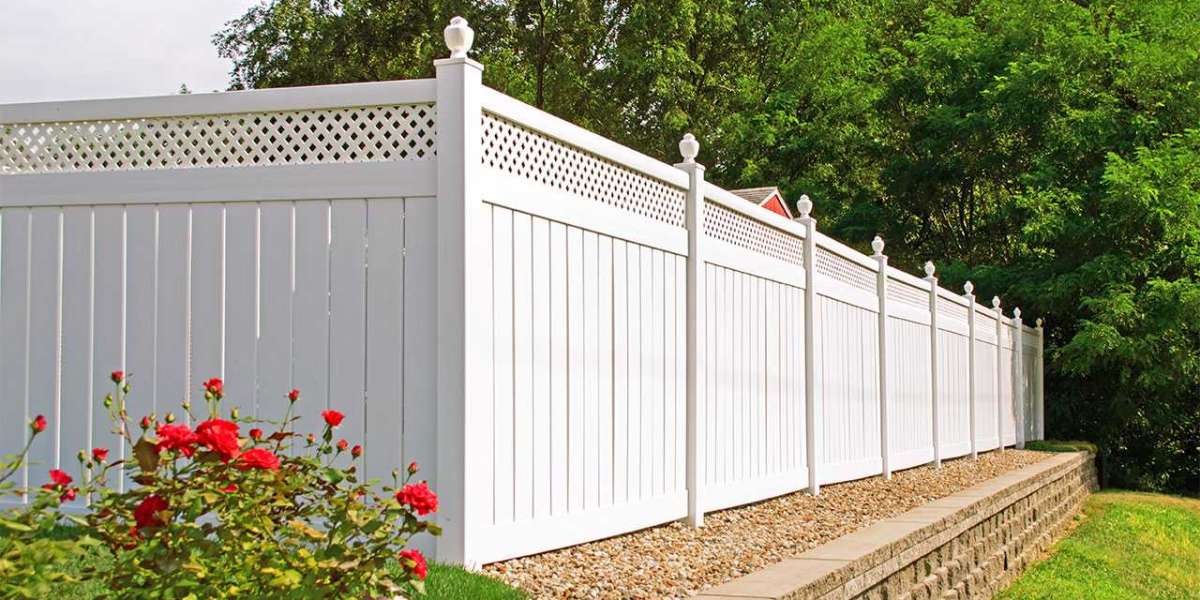When selecting an overhead conductor for power transmission, several critical parameters must be considered, particularly in relation to the specific geographical and environmental context. These parameters significantly influence the design and operational efficiency of the transmission line. The following discussion explores these essential parameters in detail:
1. Electrical Conductivity
The primary purpose of an overhead conductor is to transmit electrical power. Therefore, the conductivity of the conductor material is of utmost importance. Conductivity influences the resistance of the conductor, affecting power loss due to heat dissipation (I²R losses). Typically, aluminum and copper are the most commonly used materials for overhead conductors due to their excellent conductivity characteristics. Aluminum is favored for its lower weight and cost, while copper has higher conductivity, allowing for smaller conductor sizes in some applications.
2. Mechanical Strength
The mechanical strength of the conductor must be sufficient to withstand various forces that may act on it during its lifespan, including wind, ice, and weight. In regions prone to extreme weather conditions, such as heavy snow and ice accumulation, selecting a conductor with higher tensile strength is crucial to prevent sagging or failure. The mechanical strength of the conductor must also take into account the span length between towers; longer spans require stronger conductors to minimize sag and maintain adequate clearance from the ground.
3. Temperature Coefficient
The temperature coefficient of the conductor material affects how its resistance changes with temperature fluctuations. As the conductor heats up during operation (due to current flow), its resistance increases, which can lead to increased power losses. Conversely, during cold weather, the resistance decreases. Conductors must be selected based on the expected temperature range in their operational environment to ensure efficient power transmission and to avoid thermal overloads.
4. Ambient Environmental Conditions
Environmental factors, such as humidity, pollution, and exposure to corrosive elements, can significantly affect conductor performance. In coastal areas, for example, saltwater exposure can lead to accelerated corrosion of the conductor and associated hardware. Selecting conductors with appropriate protective coatings or corrosion-resistant materials can enhance longevity and performance. Similarly, areas with high pollution levels may require conductors designed to withstand deposits that can impede electrical performance.
5. Skin Effect and Conductor Size
The skin effect refers to the phenomenon where alternating current (AC) tends to flow near the surface of the conductor, rather than uniformly throughout its cross-section. This effect becomes more pronounced at higher frequencies. Therefore, the choice of conductor size must consider the operational frequency and the potential for increased resistance due to the skin effect. Larger conductors can mitigate these losses, but considerations of weight and sag must also be taken into account.
6. Sag and Clearance
Sag refers to the vertical displacement of the conductor between two supporting towers. The amount of sag is influenced by the weight of the conductor, the tension applied, and the environmental conditions (e.g., temperature, wind load). Ensuring adequate sag is critical to maintaining safe clearance above the ground and structures. The design must calculate the expected sag under various conditions to comply with safety regulations and minimize the risk of electrical faults.
7. Electromagnetic Interference (EMI)
Overhead conductors generate electromagnetic fields that can affect nearby equipment and communication systems. In selecting conductors, it is essential to consider their contribution to EMI. Strategies to mitigate EMI include selecting conductor configurations that minimize electromagnetic field emissions or utilizing shielded conductors in sensitive areas.
8. Dynamic Performance
The dynamic performance of overhead conductors is affected by their response to mechanical stresses caused by wind and seismic activity. The conductor's ability to withstand dynamic loads is vital for ensuring long-term reliability and safety. The selection process must incorporate dynamic simulations to evaluate how the conductor behaves under varying environmental conditions, thus informing the choice of conductor type and configuration.
9. Insulation Coordination
While the primary focus may be on the conductor itself, it is also essential to consider insulation coordination within the overall transmission system. This involves selecting appropriate insulators and associated hardware that can withstand the operational voltage levels and environmental stresses. Insulation must be carefully coordinated with the conductor choice to prevent flashovers and ensure reliable operation over time.
10. Cost and Availability
Economic considerations cannot be overlooked in the selection of overhead conductors. The cost of the conductor, including procurement, installation, and maintenance, plays a vital role in the decision-making process. It is essential to balance performance characteristics with budget constraints. Additionally, the availability of materials and local manufacturing capabilities can influence the overall project timeline and costs.
11. Future Expansion and Upgrades
When designing overhead transmission lines, it's important to consider future capacity needs. The selected conductor should accommodate potential future expansions or upgrades in power capacity. This foresight can prevent the need for costly retrofits or reconductoring projects down the line. Thus, selecting a conductor that can handle additional loading in the future is a wise strategic decision.
12. Regulatory Compliance
Finally, all selections must adhere to local, national, and international regulations and standards concerning power transmission. Compliance ensures safety, reliability, and performance of the transmission system. It is crucial to be familiar with these regulations when choosing overhead conductor, as failure to comply can lead to significant liabilities and operational challenges.
Conclusion
Selecting an overhead conductor for power transmission involves a multifaceted approach that considers various technical and environmental parameters. Each parameter plays a critical role in determining the overall design, efficiency, and reliability of the transmission line. By carefully evaluating these factors, engineers and project managers can ensure the successful implementation of overhead power transmission systems that meet both current and future demands while adhering to safety and regulatory standards. The intricate relationship between these parameters underscores the complexity of designing efficient and reliable power transmission networks in diverse geographical contexts.








